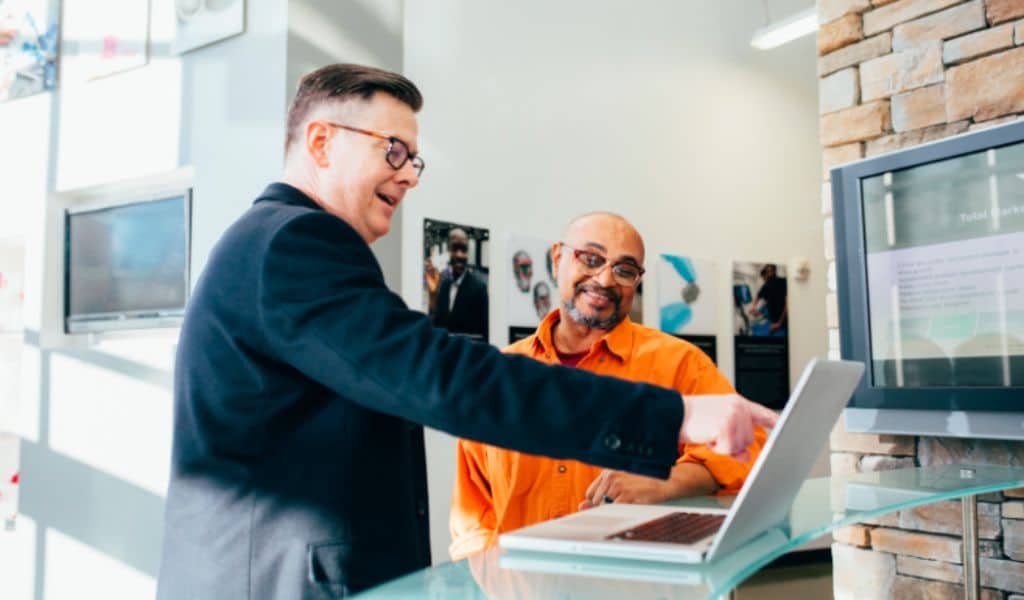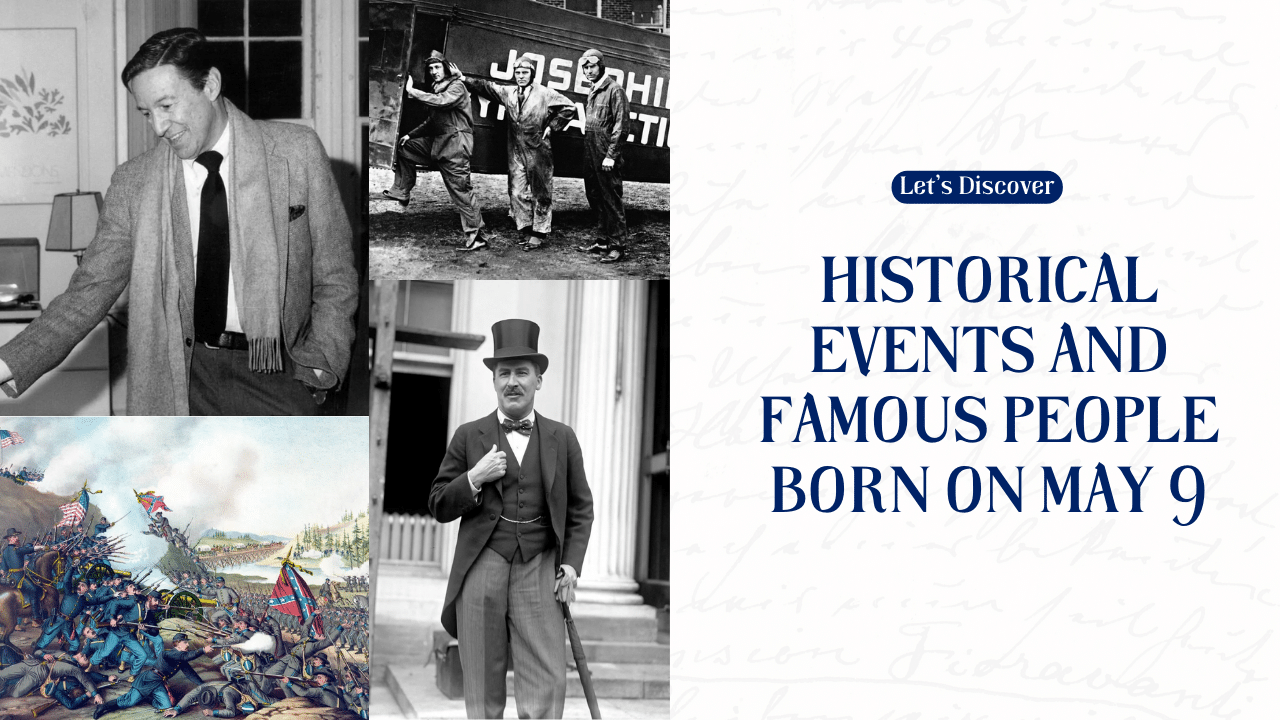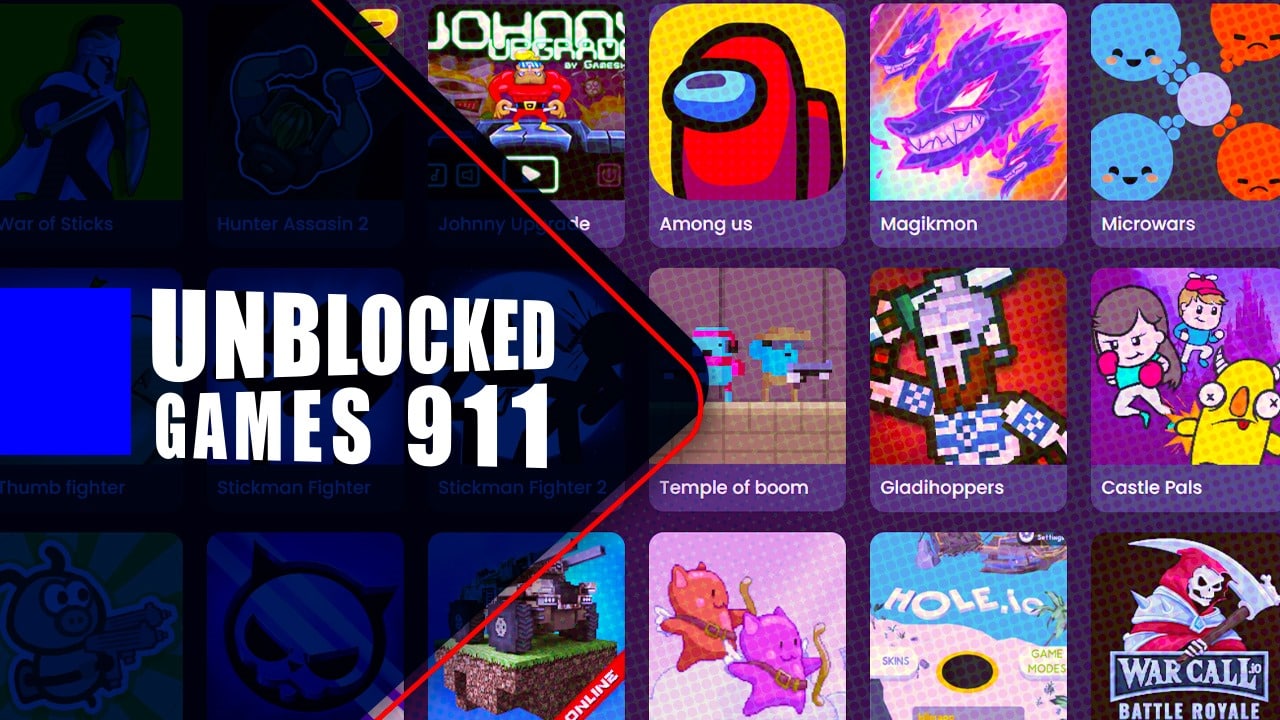Do you long for Apple’s most recent iPhone? Did you use Instacart or drive a Tesla before everyone else on your street? Have you asked Alexa from Amazon to start your oven?
If yes, you are probably an innovator or an early adopter, two essential categories in the development of lasting change.
Everyone develops and uses technology at their own rate. We all contribute to the technology adoption life cycle and make up a bell-shaped innovation curve collectively. George Beal and Joe Bohlen developed these well-known demographic and psychological profiles in the 1950s. Everett Rogers’ research served as the foundation for the five stages of the adopter category and the percentages.
Here’s what they mean for technology now:
Innovators: The first 2.5 percent is responsible for developing new goods and technology. They have their own test cases and are the initial users. They fail to commercialize the majority of their inventions. Early adopters, however, are those who try it first from what does.
Early Adopters: Early adopters are the first users of newly released technologies, making up the next 13.5% of customers after innovators.
Early Majority: After the early adopters, who make up 34% of the population, the early majority becomes accustomed to using new technologies.
Late Majority: The late majority is shown by the 34% that follows the early majority. The majority of people who employ new products or technologies belong to this group.
Laggards: The final 16% adopt new technology the slowest.
A technique called “planned obsolescence” is one way to keep coming up with new ideas and products. The old technologies are no longer available, so consumers are forced to use the new ones. Early users and innovators are eager to use and integrate new technologies, but the last 16% are harder to convince. They might really want to write a letter or fax in a form, even though these things can be done in seconds by a computer.
Most of the experts my company works with quickly learn how to use new technology because they know it will save them time and money. But for those who aren’t as eager to use new technologies, we meet them where they are and offer a variety of training materials to help them get used to them and feel more at ease.
Here are three ways that other companies can help slow-moving ones change and adapt:
1. Provide Multichannel Training
People learn in different ways, so offer your clients a variety of ways to learn about and get used to your new tools. There are easy ways to speed up the learning process, such as:
• Articles that teach.
• Online training sessions.
• Group calls with interaction.
• Tech bars at events.
• Workshops between peers.
Think about giving people these choices to meet them where they are and help them learn as well as possible. As it makes sense for your business and clients, you can put these resources on your website, platforms, apps, and information places. You can also send them directly to clients through newsletters and emails. By giving your clients different options for how you offer training and content, you can help them learn in the way that works best for them.
2. Convince Laggards with Data
Here’s how you can help people switch from analog to digital:
• Start with a data perspective. One thing in particular is the mistake rate. When a person touches something, there is a greater chance of making a mistake than when something is done digitally or automatically.
• Explain how your solution can help. Explain how doing something by hand can take longer and could cost more than using technology and robotics.
• Build a human connection. You might want to meet with your client in person, show them how to use the technology, and tell them what the benefits of your answer are. By doing this, you can show them how these efficiencies and digital tools can help their businesses grow faster.
Many people can take the next step with the help of knowledge, courage, and even a “hand-holding.”
3. Use Innovators and Early Adopters to Evangelize
While bragging about how fantastic you are is one thing, the experience your clients have with you is what matters most. If they compliment your work, you must agree that you are succeeding.
Provide clients with opportunity to tell others about their positive experiences with your business when they are satisfied. For instance, my business invites early adopters who are successful advisers to speak at our conferences so they can directly share their experiences with other advisors. Advisors—particularly the laggards among them—gain confidence in embracing technology by hearing from colleagues. The easiest approach to successfully adopt this technique is to let your clients speak for themselves.
Your business may bring about a fundamental shift in the way you handle services and clients by providing a multichannel training strategy to assist those who learn differently, persuading the laggards by presenting them with the data perspective, and letting innovators and early adopters lead the way.






































